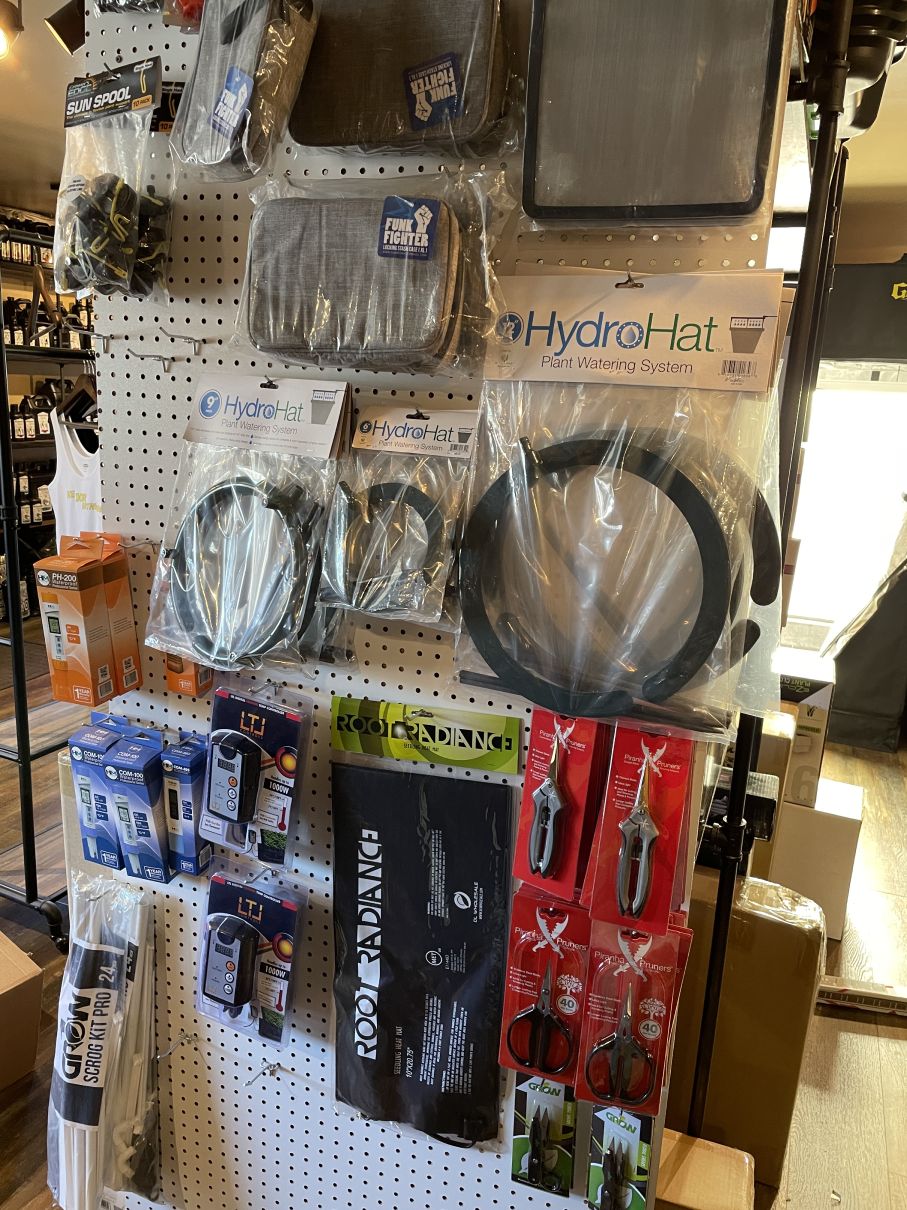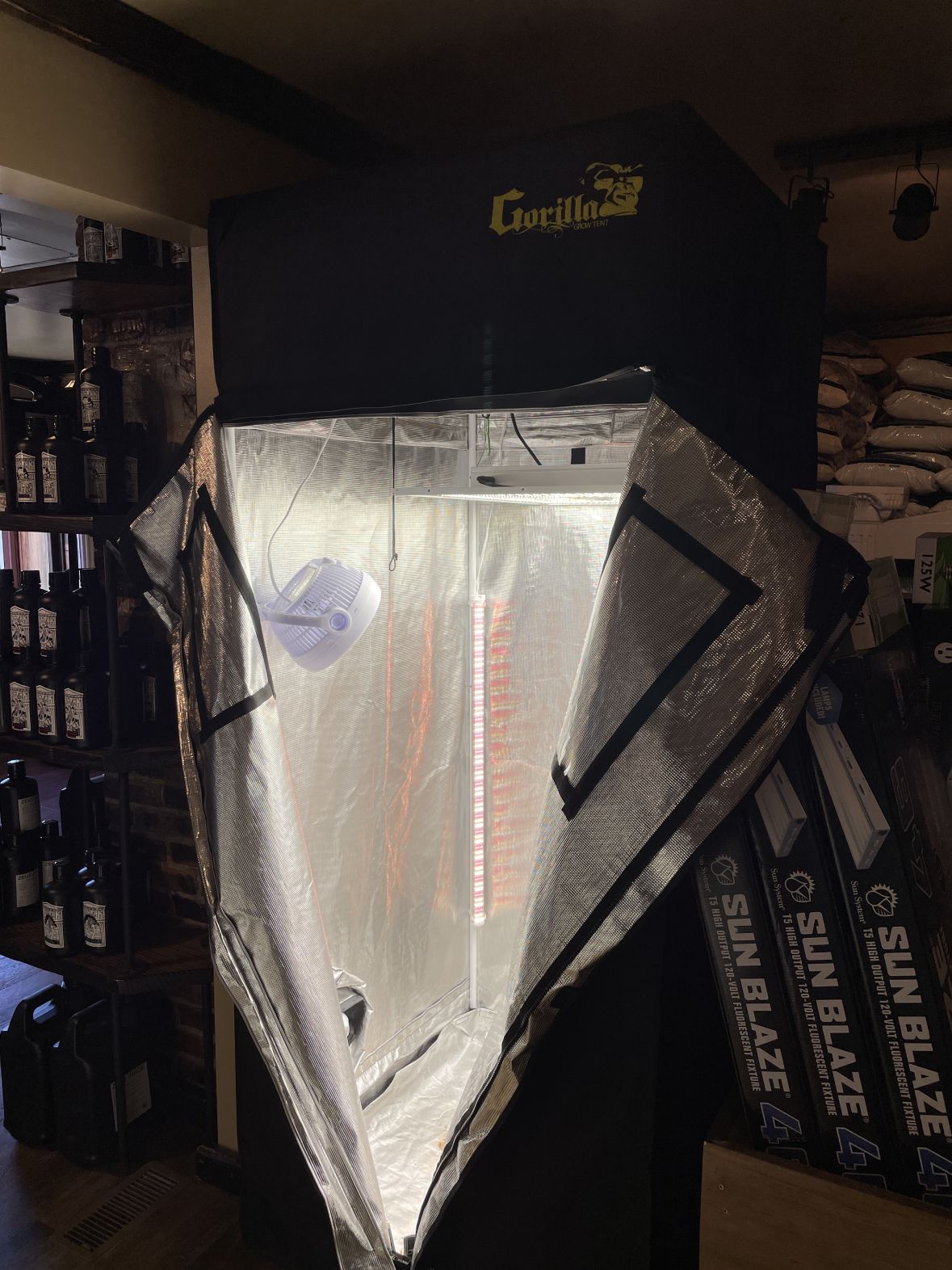Opening the Potential of Hydroponics: Recognizing Its Uses and Different Types
Hydroponics, a method of cultivating plants without soil, has amassed enhancing interest for its possible to reinvent farming and gardening methods. The accuracy control over nutrient shipment, water usage, and environmental factors offers a look right into a future where food production can be maximized in numerous setups. As we browse via the detailed landscape of hydroponic systems and methods, it comes to be obvious that each approach holds distinctive benefits and constraints. By unraveling the varied usages and sorts of hydroponics, we can reveal a world of possibilities that may reshape how we visualize sustainable farming and gardening techniques.
Benefits of Hydroponic Systems

Another benefit of hydroponic systems is the ability to expand plants in a smaller sized space. Hydroponic systems lower the danger of soil-borne conditions and bugs, as there is no dirt to harbor these threats.
Common Utilizes in Farming

Given the effective water preservation and space-saving advantages of hydroponic systems, it is obvious that these ingenious farming methods have actually found common usages in various sectors of farming. In standard agriculture, soil-based farming can be labor-intensive and land-consuming. Hydroponics uses a service by allowing plants to be grown without soil, reducing water usage by approximately 90% compared to traditional farming approaches. This makes hydroponics especially suitable for areas encountering water deficiency or restricted cultivatable land. The regulated atmosphere of hydroponic systems allows year-round farming, providing a regular supply of fresh produce regardless of exterior weather condition conditions.
Hydroponics is frequently made use of for growing a variety of plants, consisting of leafed greens, tomatoes, cucumbers, herbs, peppers, and strawberries. Additionally, hydroponic systems are made use of in research and educational setups to study plant development, nourishment, and cultivation techniques.
Discovering Various Hydroponic Methods
Hydroponic systems use an array of approaches that provide to different plant types and farming objectives. Additionally, the Ebb and Circulation system, also known as the Flooding and Drainpipe system, periodically floods the plant roots with nutrient remedy, permitting for oxygenation during draining periods. Each of these strategies showcases the versatility and effectiveness of hydroponic systems in enhancing crop development and return.
Contrasting Different Hydroponic Solutions
Checking out the performance and return enhancement methods in hydroponics leads us to compare different hydroponic systems readily available for crop farming. Each hydroponic system has its special attributes, advantages, and limitations, making it crucial for growers to select the most ideal system based upon their details needs and constraints.
Among one of the most usual hydroponic systems is the nutrient movie strategy (NFT), where a thin movie of nutrient option continuously moves over the plant origins. This system is prized for its water performance and viability for growing leafy greens and natural herbs. On the other hand, the deep water culture (DWC) system immerses plant origins directly right into the nutrient remedy, providing sufficient oxygen and nutrients. The DWC system is relatively simple and affordable, making it a preferred selection for novices.
One more preferred hydroponic system is the ebb and flow (or flooding and drainpipe) system, which occasionally floodings the plant roots with nutrient service prior to draining it. By understanding the distinctions between these hydroponic learn this here now systems, growers can make educated choices to optimize plant yield and quality.
Advancements in Hydroponic Technology
One crucial advancement is the advancement of smart hydroponic systems click resources that utilize sensing units and automation to monitor and change environmental problems such as pH levels, nutrient focus, and light exposure in real-time. These systems enable precise control over expanding problems, leading to optimum plant growth and greater crop returns.
An additional notable development is the assimilation of vertical farming methods with hydroponic systems, enabling for the cultivation of plants in piled layers. This upright method maximizes space use, making it excellent for city settings where land schedule is limited - The Indoor Earthworm. Additionally, using innovative LED lights systems tailored to particular plant demands has actually enhanced power effectiveness and improved growth rates in hydroponic configurations
Technologies like these are driving the advancement of hydroponics, making it a extremely appealing and sustainable choice for contemporary farming.
Final Thought
In conclusion, hydroponics offers numerous advantages in agriculture and has different techniques and systems that can be used to maximize its potential. Developments in hydroponic modern technology remain to enhance efficiency and sustainability in food production. By recognizing the uses and various sorts of hydroponic systems, farmers and farmers can open the complete potential of this innovative method of expanding plants without dirt.
Additionally, hydroponic systems allow for much better control over nutrient levels, pH balance, and ecological problems, leading to healthier plants and higher yields.
